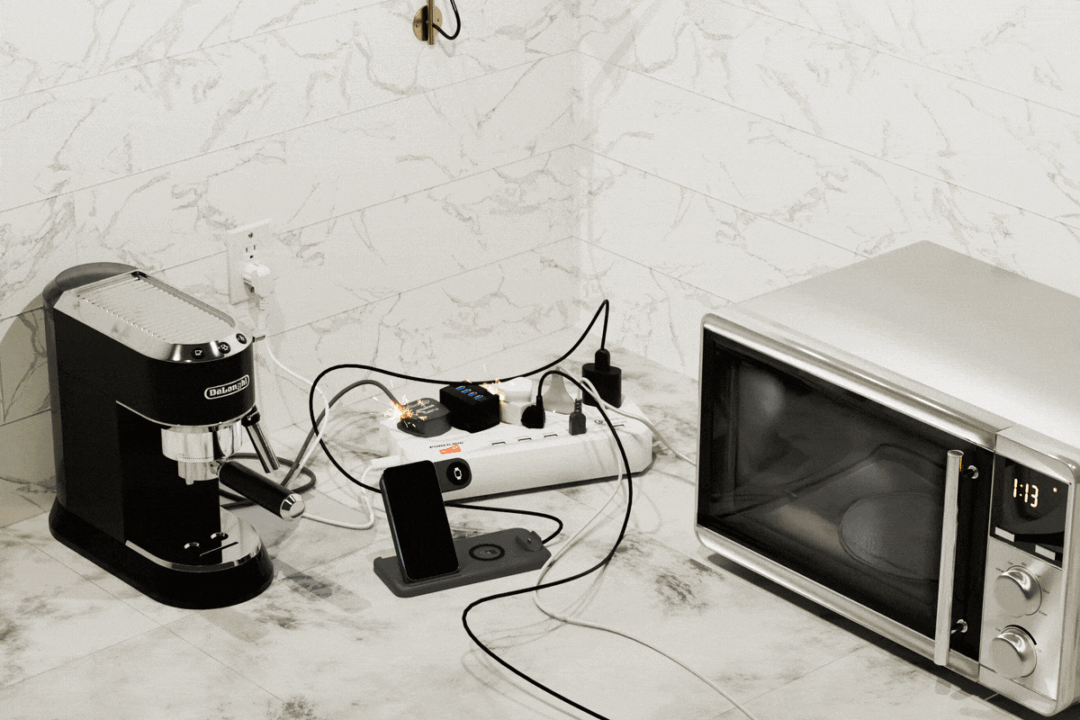Food-Proof Everything
Starting with the interior of the home, most child-proofing suggestions can be applied to pet-proofing a home, such as using a rubber band to keep cabinet doors below counter height closed, and using a trash receptacle that has a securely closing lid. Store pet food in tightly sealed containers; if a pet smells food, it will not rest until it finds a way to get to it.When putting food down on a counter, even for just a moment, set it back from the edge so as to not tempt the pet to jump for it. Even the most well-behaved large dog may suddenly decide to try to snatch a plate of sliced meats or a pie fresh from the oven. The fact that the food may be piping hot doesn’t seem to be a factor when a pet makes a move to grab off-limits food, which makes keeping them away from it even more important to help prevent accidental food-related injuries.
Screen Your Plants
If there are plants inside the home, use the internet to determine if they might be toxic. Examples of poisonous houseplants include dieffenbachia, philodendron, and Japanese yew. It may seem unlikely that a pet would be attracted to a plant, but it can happen due to boredom or anxiety.Set Boundaries
If areas or rooms in the home are “no pet zones,” use pet gates to help prevent access by curious dogs. However, clever dogs and pretty much all cats can and will get past pet gates, making a closed door a better option.For birds that are allowed to spend time out of their cage, consider turning off ceiling fans and ensuring that all windows are either closed or equipped with a screen to prevent fly-aways. Keep all doors closed and locked while the bird is out of the cage. Locate the birdcage in an area that does not get too much sunlight and thus heat. If there are cats in the household, keep an eye on them to make sure they don’t try to get too close to the birds.
Snakes have an incredible ability to get into tiny openings, as do mice, gerbils, hamsters, and guinea pigs. Keeping their cages or tanks closed and secured is a must, as is not allowing them to roam the home unsupervised.
Clean the Yard
Moving outside, the yard should be enclosed by a fence in good condition. To find any gaps in a fence, watch the dog—it will locate any possible escape routes in minutes as it explores the yard. Place a “Keep Out” sign on any gates, and consider adding a barrier underneath the soil at the edge of the fence to deter diggers. As with indoors, remove any plants that may be toxic, and promptly clean up fallen fruit from trees that might be a tempting snack for the pup.Provide Comfort
Separation anxiety can cause a pet to misbehave. In many cases, a pet left alone can be made more comfortable by leaving the TV on or setting the stereo to a talk radio format to keep it company. Also, provide a comfortable place for it to nap, surrounded by toys, with a fresh bowl of water. Having a window to look outside can help soothe a pet and keep it occupied watching the neighborhood activity.








